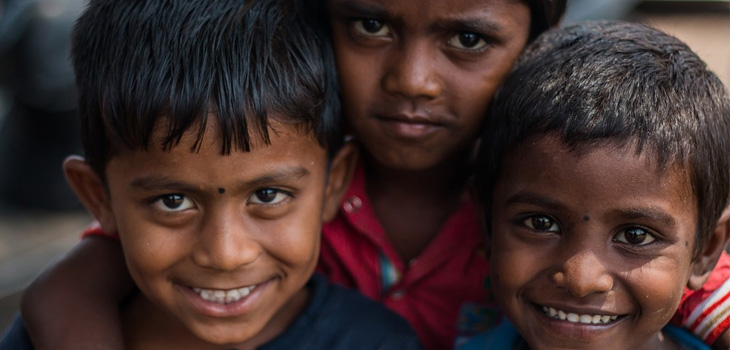The project background is an important part of every proposal. It can be very similar to the project rationale or project justification. It shows your donor that you did your homework and that your project is planned well. But where can you get the information and data for your project background? And how does one actually look like?
Here you have an example project background for India. If you are planning or working in India then you are welcome to use this blueprint. Be sure to add more specific information about your own project though, and add other relevant data according to the region and place.
Project Background of India
India, the world’s largest democracy and second-largest country by population, occupies the greatest part of South Asia. India got its independence in the year 1947 from the British Commonwealth and the Republic of India was established in January 1950. It is the second-most-populous country, after China, and it has three of the most populous and cosmopolitan cities in the world; Mumbai (Bombay), Kolkata (Calcutta), and Delhi.
India is an ethnically diverse country. Though it has more than a dozen major and hundreds of minor linguistic groups, the largest number of people speaks Hindi, which is also the official language used by the government.
The CIA Factbook shows that the estimated population of the country is 1,296,834,042, with 34% of the population living in urban areas and 66% in rural areas.
As one of the fastest-growing economies in the world, it scores 67.23 and ranks 77 in ease of doing business. It is also recognized as one of the G-20 major economies and a member of the BRIC countries.
As of 2015, about 38% of the land area is counted suitable for agriculture, which is one of the most important parts in the Indian economy, providing huge employment. The next biggest economic area is retail, which makes up almost a quarter of the nation’s GDP. More recently, India has been a breeding ground for the IT sector, contributing an appreciable amount to the country’s overall GDP. However, according to trading economics, the unemployment rate in India has increased to 6.10 percent in 2018 from 3.52 percent in 2017.
In between the years 2005 and 2015, the average life expectancy has risen steadily from 64 to 68 years in the country. Moreover, it has been polio-free and free of tetanus since 2014 & 2015 respectively. The Swachh Bharat Abhiyan has played an important role to reduce the spread of communicable diseases. According to Path Inda, the neonatal mortality rates have improved markedly with the drop from 57 deaths per 1,000 live births to 37, between 2005 and 2015. But despite all the progress and numerous efforts made by the government of India for improving the health situation and living status of citizens, the impact has not been as profound as anticipated. It is still lagging behind in some important sectors such as health, education, and the social sector (PRF: EB). As stated by Avert, India has the third largest HIV epidemic in the world, it still represents a large percentage of the global burden for many diseases, and it needs improvement in terms of quality and accessibility of health care.
If you are looking for more information, there are other sources that you could use like the OECD, World Bank or the UN.
Country: India
Unless mentioned, the data used here is retrieved from the HDR-UNDP.
Demographics
- Population: 1,296,834,042 (CIA World Factbook)
- Population Density: 450.42 person/sq. km (World Bank )
- Urban Population: 34% of the total population (CIA World Factbook )
Education
- Literacy rate (% ages 15 and older): 69.3 %
Health
- Life expectancy at birth – 70.4 years (Female), 67.3 years (Male)
- Infant mortality rate– 34.6 deaths/1,000 live births
- Maternal mortality- 174 deaths/100,000 live births
- Stunting (% under five years ) – 37.9
- Total fertility rate – 2.8 births per woman
- HIV Prevalence adult ( % ages 15-49) – 0.3
Economy
- GDP – $ 2597.49 billion (Trading Economics)
- Unemployment rate- 3.52% in 2017 (Statista)
- National poverty line: 21.9 %
Ecology
- Forest area(% of land area)- 23.83 (World Bank )
- Number of National Parks – 104
Other
- Gender Inequality Index value – 0.524
- Child marriage – 27%
- Human Development Index value – 0.640
- Corruption Rank- 78/180 (Transparency International)
- 2019 ease of doing business score- 67.23(World Bank)

